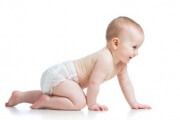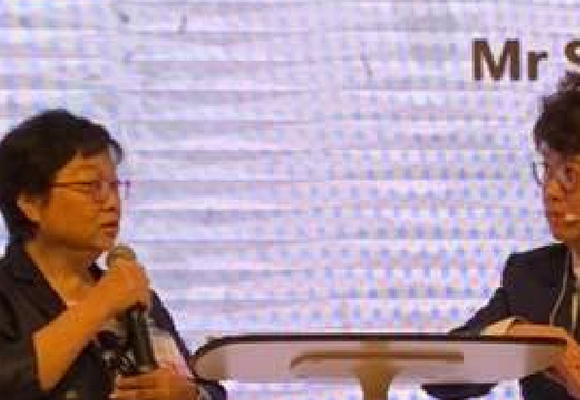How Crawling Affecting Visual Perception

A new twist on old ideas: how sitting reorients crawlers
Kasey C. Soska1, Scott R. Robinson2 andKaren E. Adolph2,*
Article first published online: 14 JUL 2014
DOI: 10.1111/desc.12205
Abstract
Traditionally, crawling and sitting are considered distinct motor behaviors with different postures and functions. Ten- to 12-month-old infants were observed in the laboratory or in their homes while being coaxed to crawl continuously over long, straight walkways (Study 1;N = 20) and during spontaneous crawling during free play (Study 2; N = 20). In every context, infants stopped crawling to sit 3–6 times per minute. Transitions from crawling to sitting frequently turned infants’ bodies away from the direction of heading; subsequent transitions back to crawling were offset by as much as 180° from the original direction of heading. Apparently, body reorientations result from the biomechanics of transitioning between crawling and sitting. Findings indicate that sustained, linear crawling is likely an epiphenomenon of how gait is studied in standard paradigms. Postural transitions between crawling and sitting are ubiquitous and can represent a functional unit of action. These transitions and the accompanying body reorientations likely have cascading effects for infants’ exploration, visual perception, and spatial cognition.



